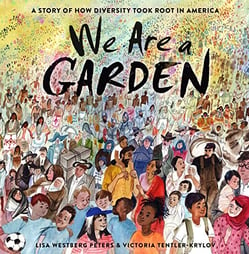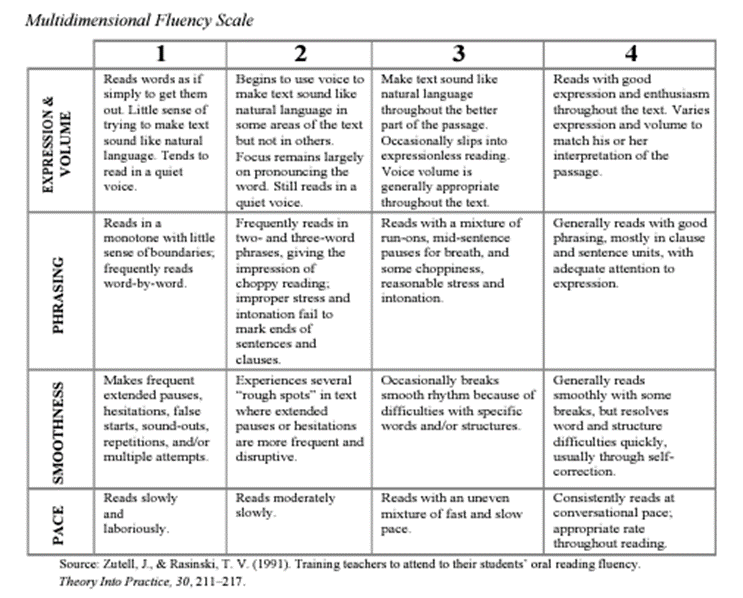This Week at READ USA
Thank you, KPMG!
- Read USA Inc.
- December 8 2022
READ USA is so grateful to the team in KPMG’s Jacksonville office!
On November 18, a large group of KPMG employees volunteered to distribute and read books to elementary school students at West Riverside Elementary School. KPMG generously sponsored the event by purchasing nearly 300 books that were eagerly picked-up by the students, who visibly enjoyed spending time reading their new books with the volunteers. The energy, positivity, and passion for reading throughout the room was magnetic!
A huge thank you to KPMG and every single volunteer who joined READ USA and the students at West Riverside Elementary School! We are so grateful for your support, and sincerely appreciate the opportunity the KPMG team afforded us help further fuel children’s interest in reading.
Children mirror the actions of the adults around them, and the KPMG team sure showed those students that READERS ARE LEADERS!
Check out some of the photos from the event!
.png?width=245&height=184&name=READ%20KPMG%20Book%20Event%2011.18%20(3).png)
.png?width=245&height=184&name=READ%20KPMG%20Book%20Event%2011.18%20(4).png)
.png?width=242&height=182&name=READ%20KPMG%20Book%20Event%2011.18%20(5).png)
Double Your Impact by Dec. 31st!
Between now and December 31, READ USA has an opportunity to enhance our work through a tremendously generous $1 million donation match from the Michael Ward and Jennifer Glock Foundation. To receive these funds, READ USA must secure $1 million in donations by the end of this year! Will you help us?
To be eligible for the match, donors must make a four-year donation commitment of any amount by Dec. 31st. Learn more here.
Please consider making a four-year commitment to READ USA today to help us close the literacy gap in our community. We are so grateful for your support!
Children’s Book: We Are a Garden, by Lisa Westberg Peters

Illustrated by Victoria Tentler-Krylov
We Are a Garden A story of how diversity took root in America by Lisa Westberg Peters and Victoria Tentler-Krylov is a lyrical and extremely timely picture book that illuminates the many different groups who have made their homes in North America through the centuries.
Long ago a strong wind blew. It blew people, like seeds, to a new land.
The wind blew in a girl and her clan, where herds of mammoths still wandered the frozen tundra. It later blew a boy and his family across frigid waters, and they spread across the new land. Over time, the wind continued to disperse newcomers from all directions. It blew in men who hoped to find gold, and slave ships, and immigrant families. And so it continued, for generations and generations. Here is a moving and tender picture book that beautifully examines centuries of North American history and its people.
Listen to a read aloud of this beautiful book. https://www.youtube.com/watch?v=rEsmM6utU1c
Submitted by Tabetha Cox, Tutoring Program Director
Education Corner -The Five Pillars of Reading: Fluency
“Fluency in reading leads to greater reading volume and greater reading volume leads to gains in fluency-fluency and reading volume are cause and consequence of one another.”
-Timothy Rasinski
This week we will be looking at the Fluency component of reading and ways to help students grow in this area.
- Phonological awareness – awareness of the sound structure of words
- Phonics – correlating sounds with letters or groups of letters
- Fluency – accuracy, rate and expression while reading
- Vocabulary – the body of words a child has learned
- Reading comprehension – the understanding and interpretation of what is read
Reading fluency refers to the ability of readers to read quickly, effortlessly, and efficiently with good, meaningful expression. It means so much more than mere accuracy in reading. When readers are not fluent, they tend to spend a great deal of mental energy that takes away from the purpose of reading which is making meaning of the text or comprehending!
Tim Rasinski (2021), renowned expert on fluency, states there are four ways to build fluency:
- Model good oral reading for children. Reading aloud to and with students models fluent reading. Draw attention to how you’re reading to help students see that meaning is show in the words and how they are expressed. Provide a wide variety of genres the student is interested in to maintain engagement.
- Provide oral support for readers. This supported reading can take many forms:
- Choral reading includes the daily group reading of a poem, song, message, or text. The student reads a text while hearing a more fluent reading of the text at the same time by teacher and classmates.
- Paired reading involves two readers at the opposite ends of the fluency range. In this approach, the readers sit side-by-side with a text. They partners read the text aloud together and during the reading, the more skilled reader adjusts their voice to match that of their partner and provides support with correct pronunciation. Paired reading can take place between parent and child, siblings, friends, or neighbors. Just 15 minutes of paired reading a day can accelerate reading growth.
- Recorded materials include recorded books, online read-alongs and reading close caption on the television. Record students reading a text several times and point out to them how their accuracy, phrasing and intonation improve after repeated readings.
- Offer plenty of practice opportunities through repeated readings of favorite books, poems, and song lyrics.
- Encourage fluency through phrasing. Fluent readers chunk text into appropriate units or phrases. Meaning often lies in a text’s phrases and not in single words. Teach children to chunk text using both punctuation and inflections or intonations in your voice. Look at this example: “The principal said the teacher is the best in the school district.” Depending on where the emphasis on the words is placed, the meaning changes from the principal speaking to the teacher. Intonation changes to change the meaning.
The document below from The Florida’s ELA B.E.S.T. Standards, Appendix E, depicts the varying levels of the multidimensional levels of fluency.

For additional information about fluency visit Reading Rockets, https://www.readingrockets.org/teaching/reading-basics/fluency .

